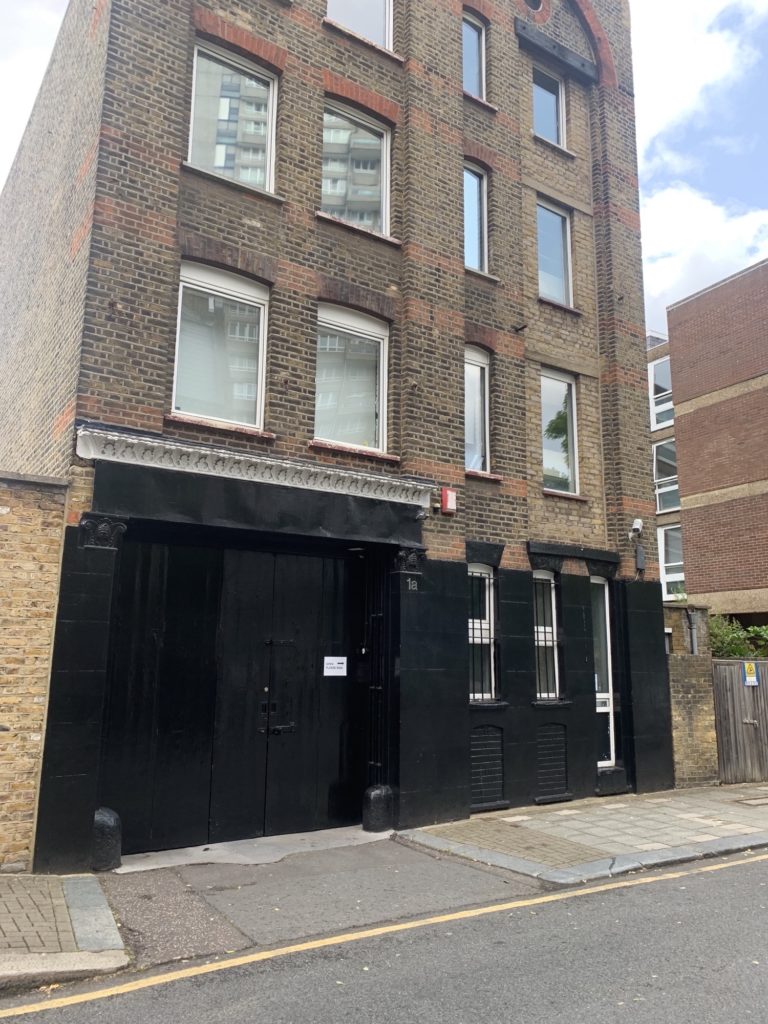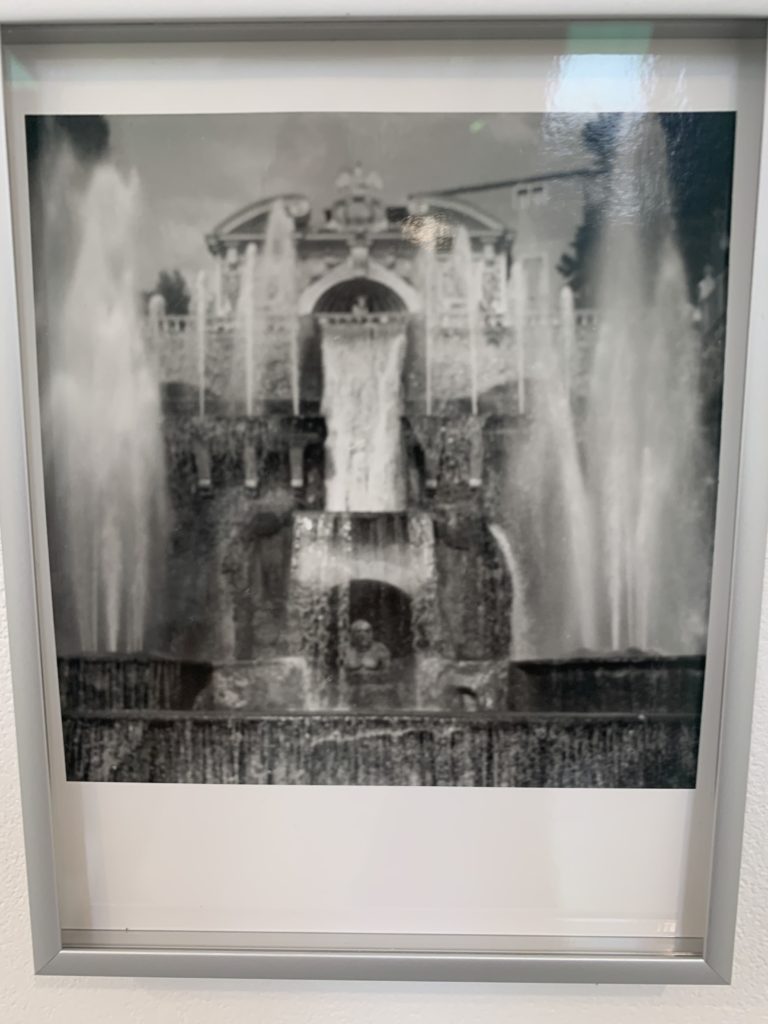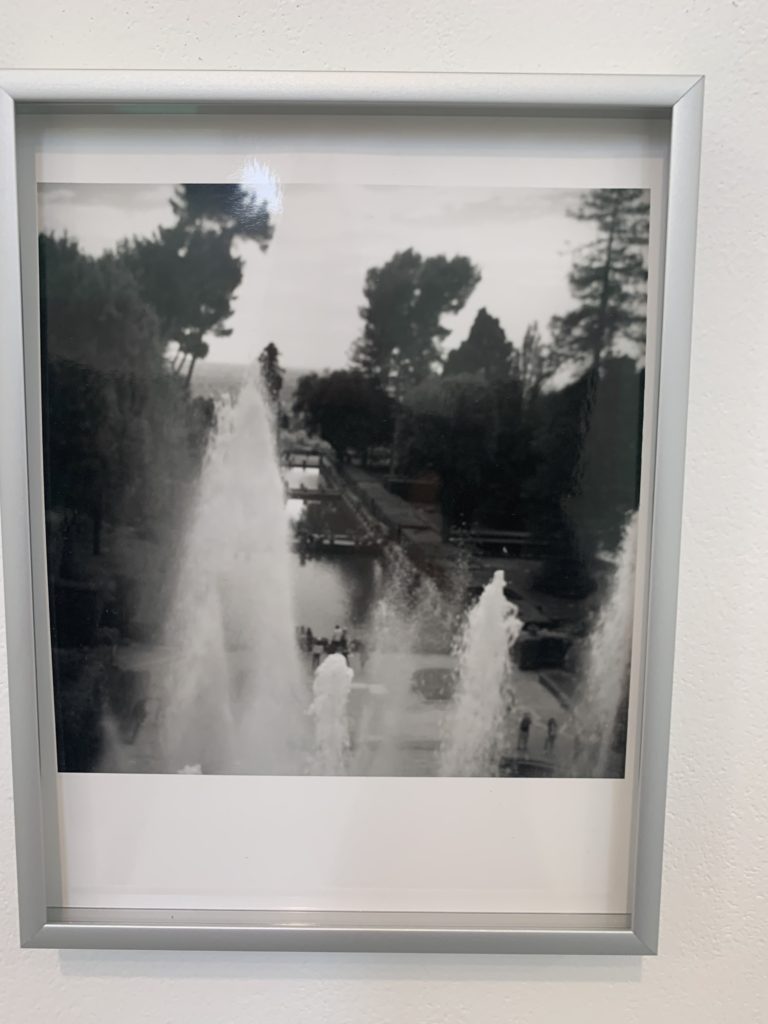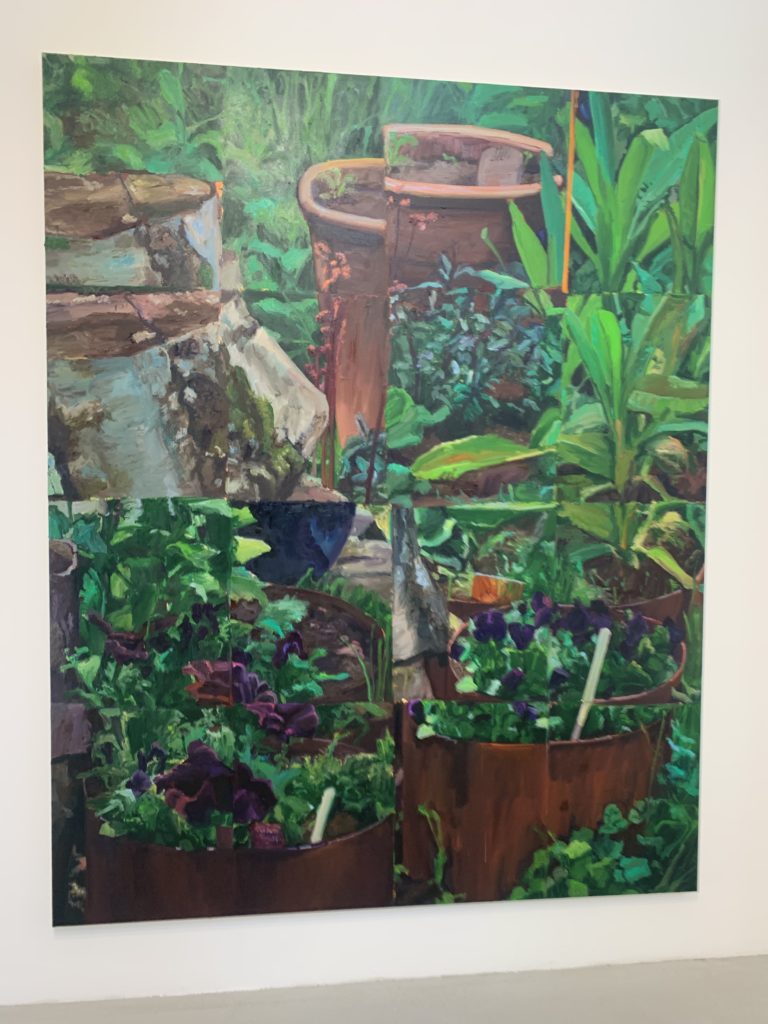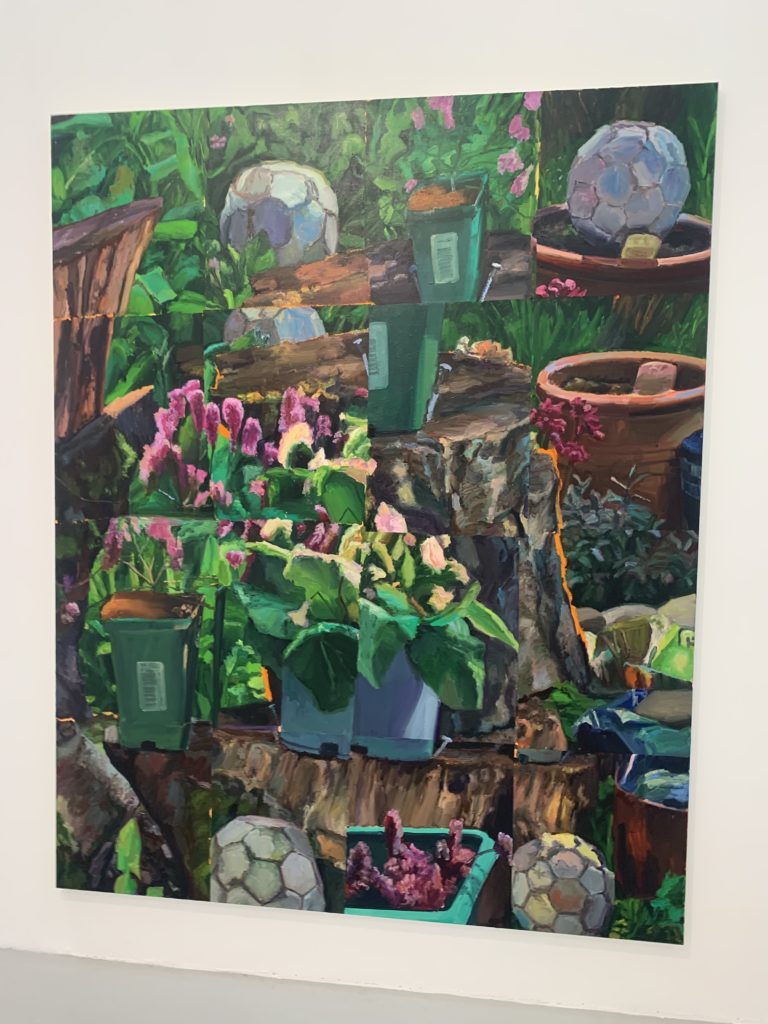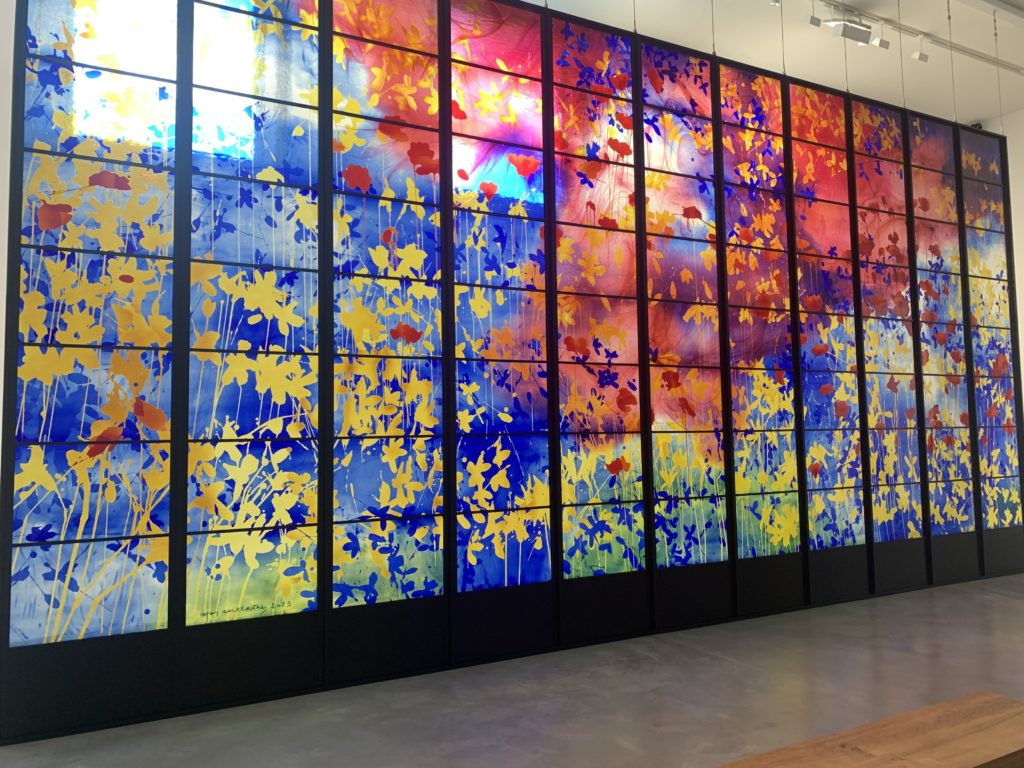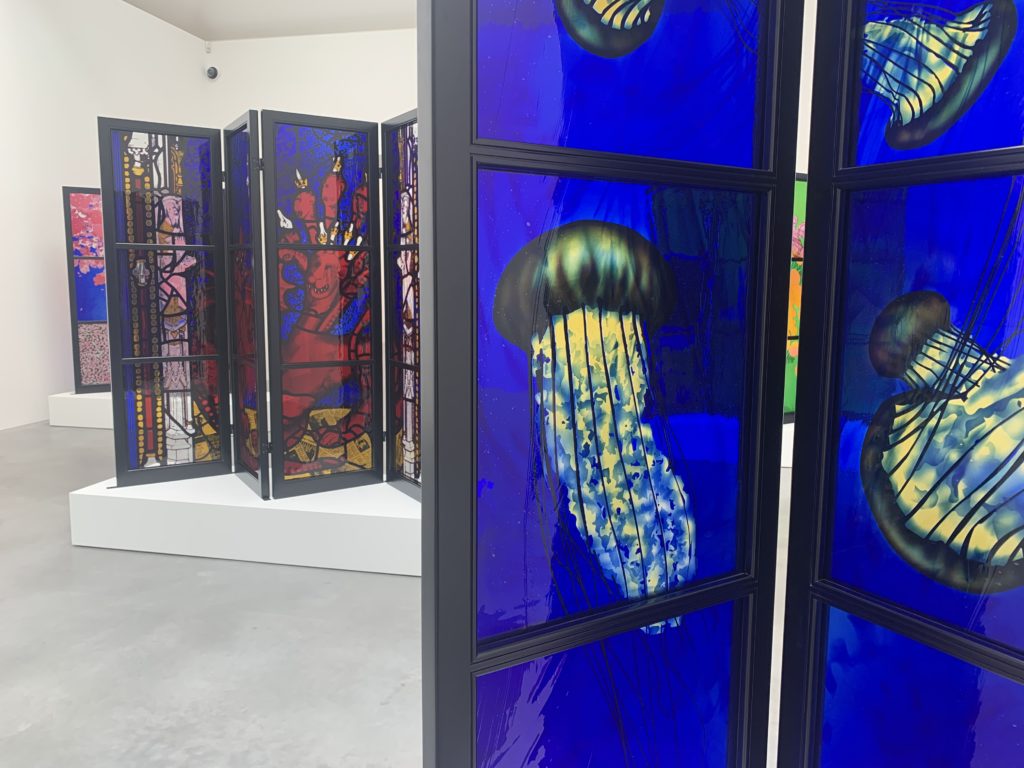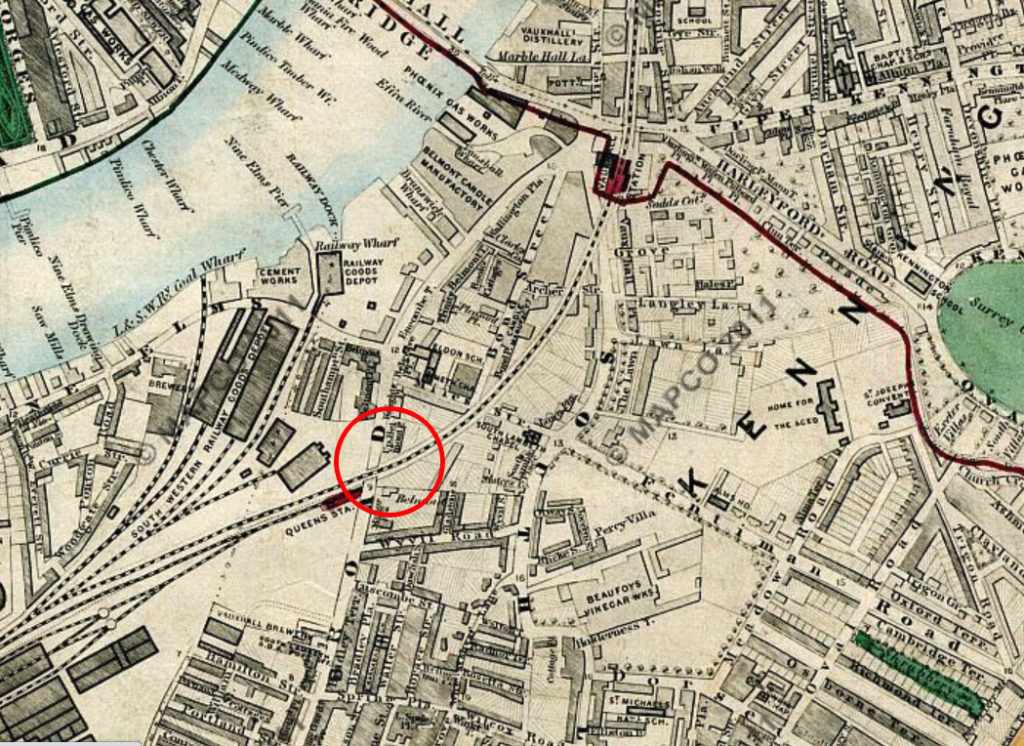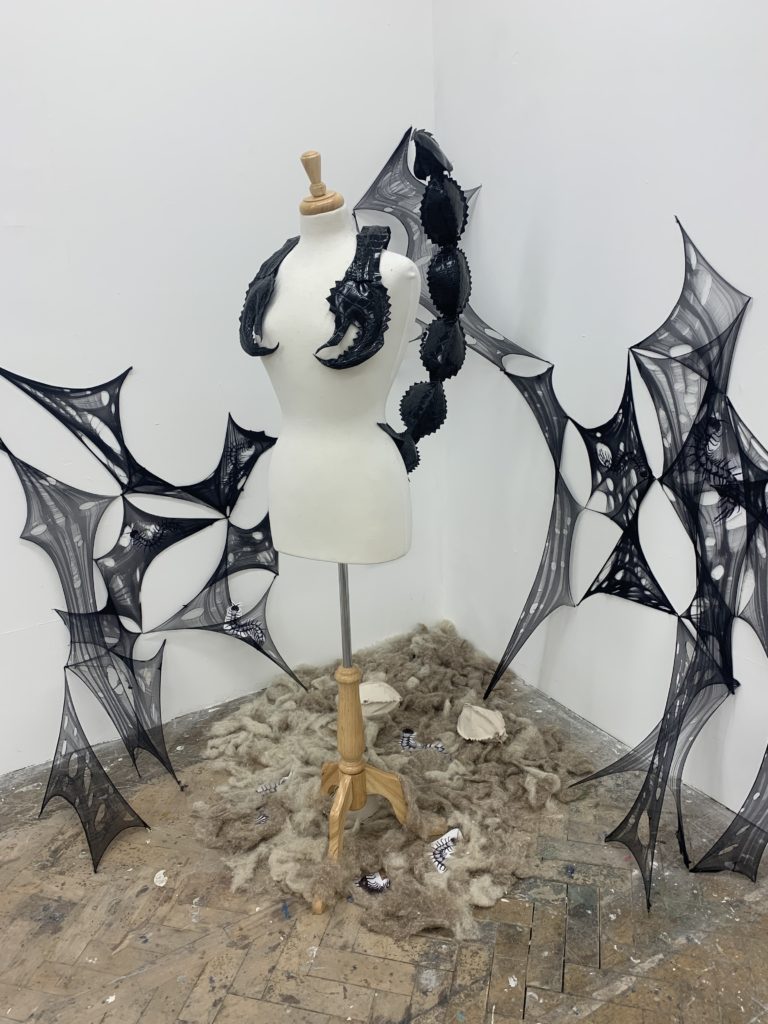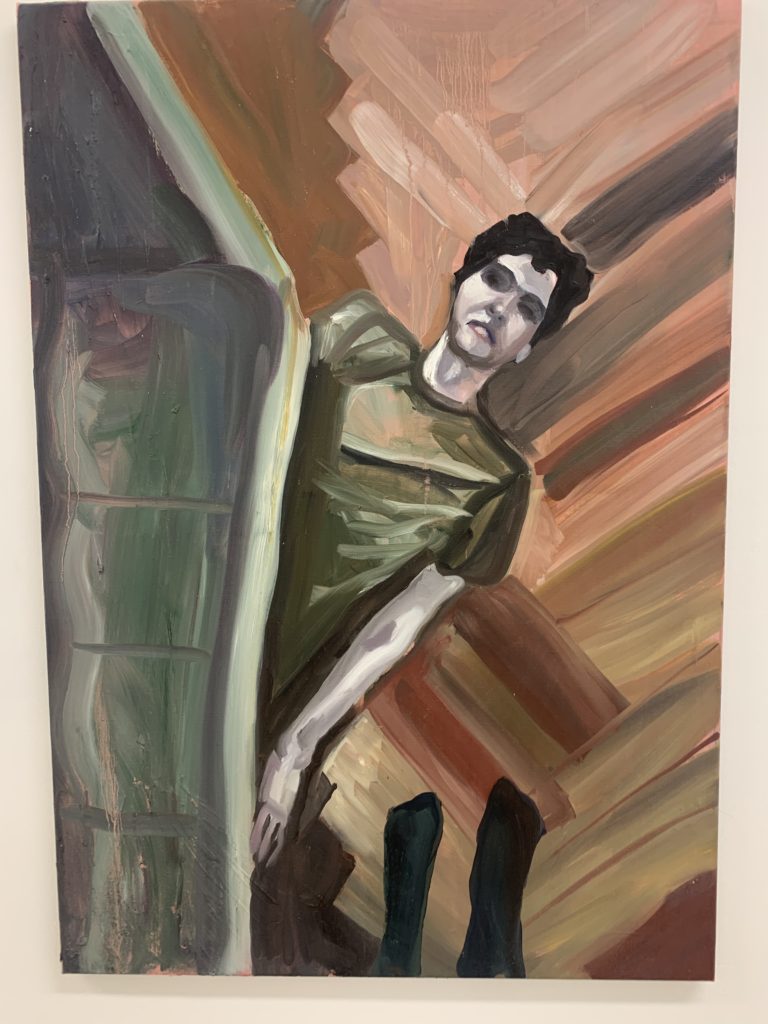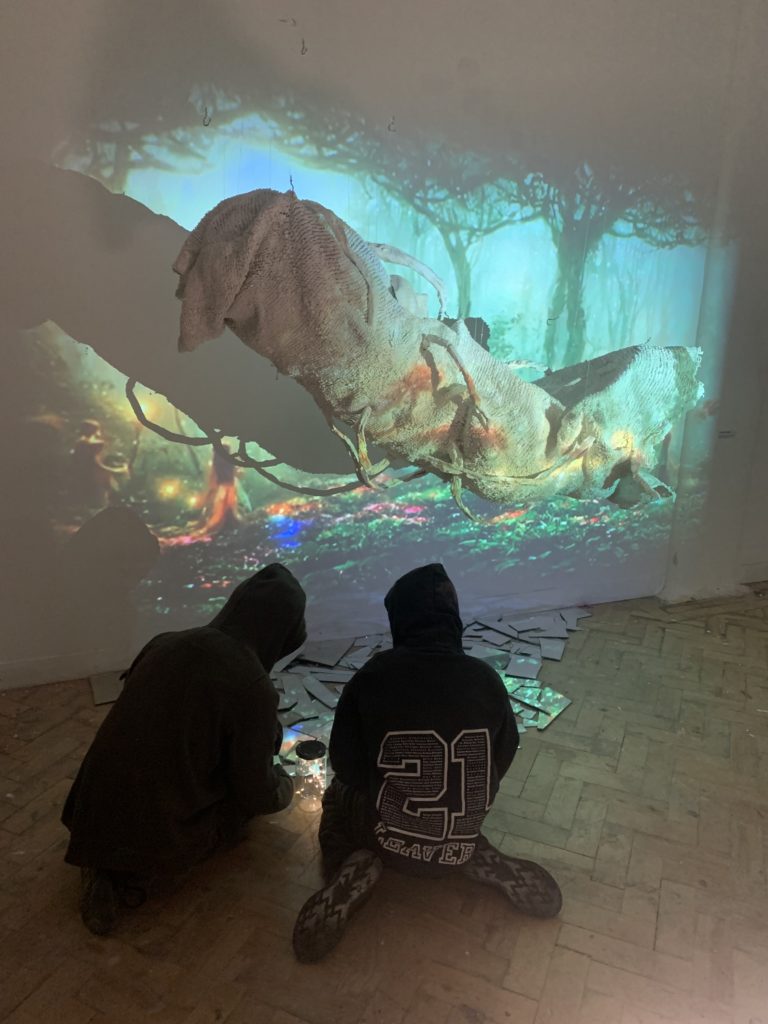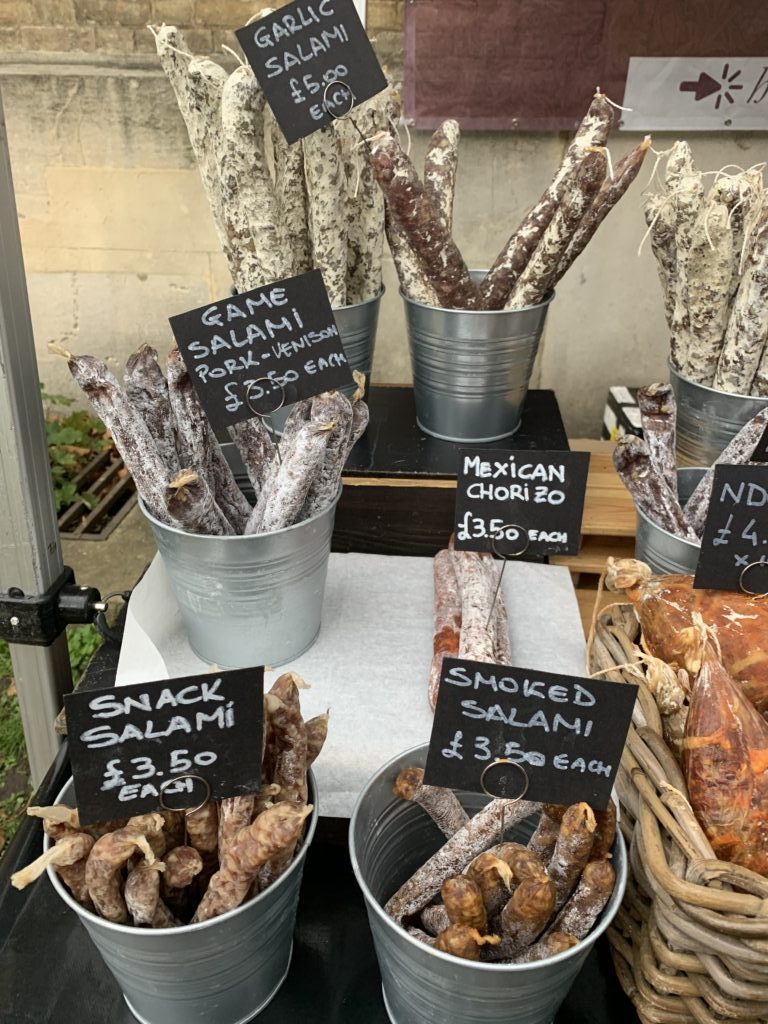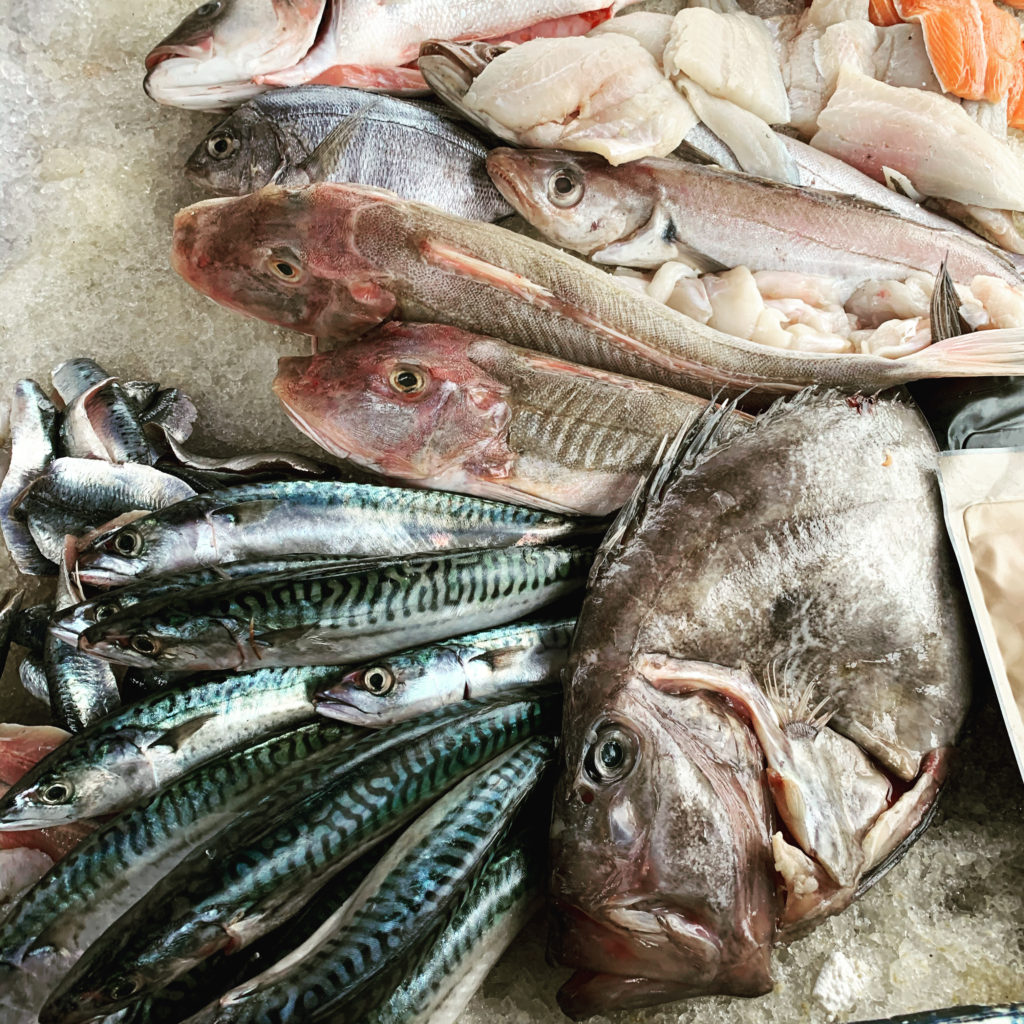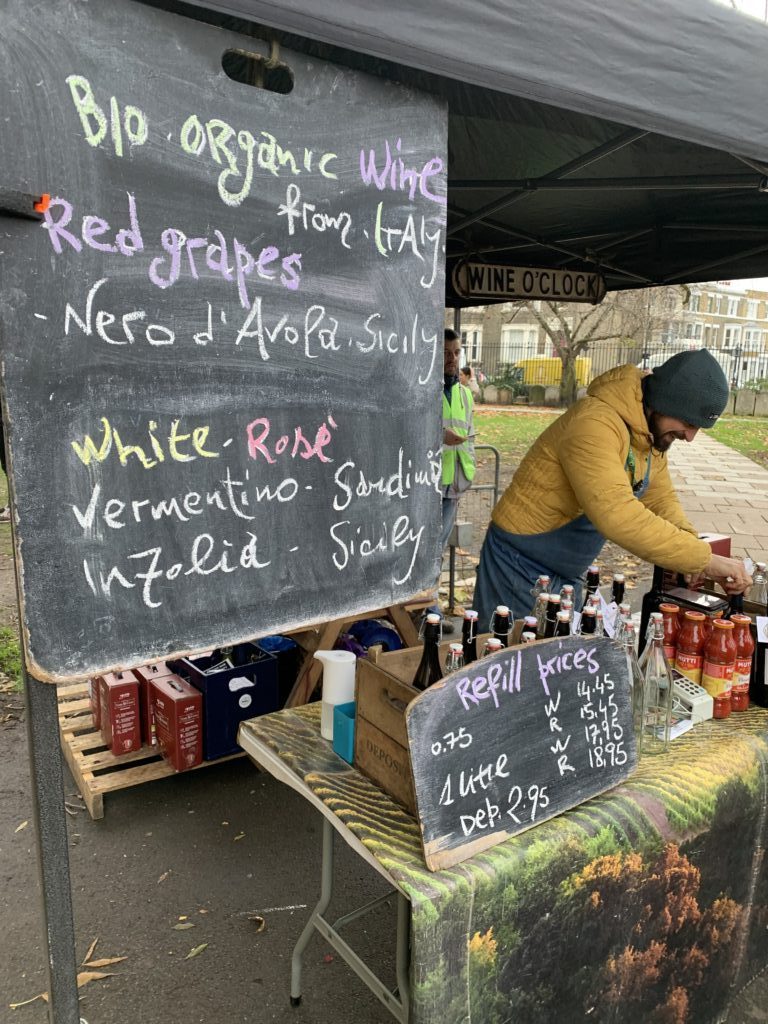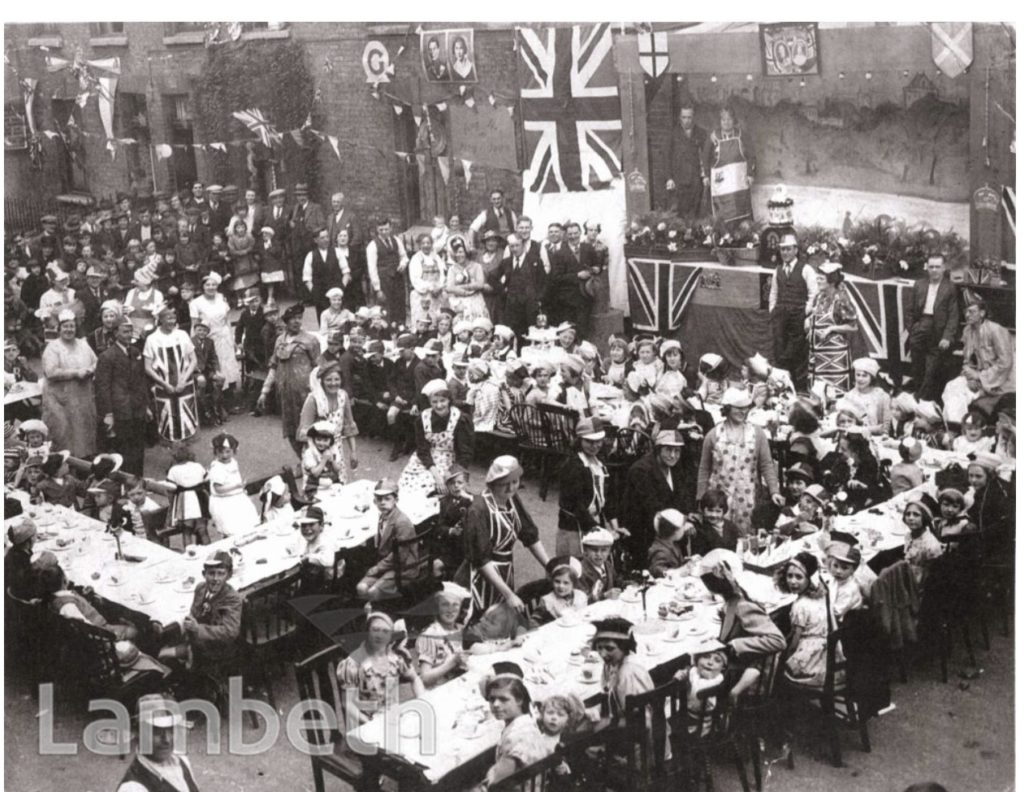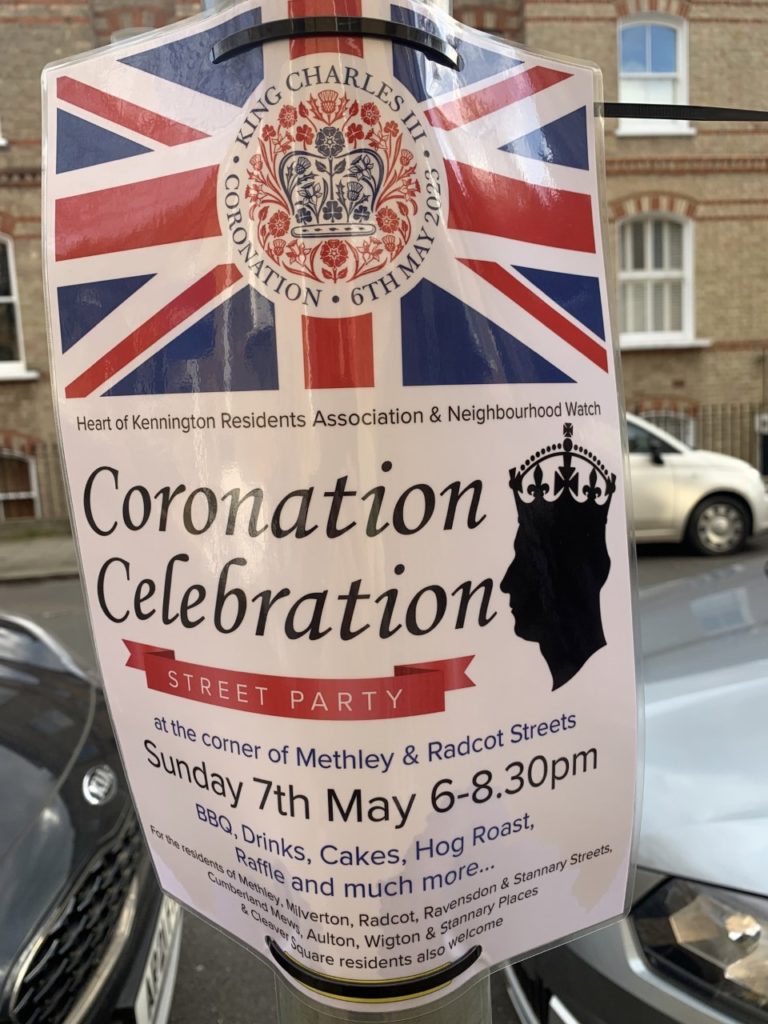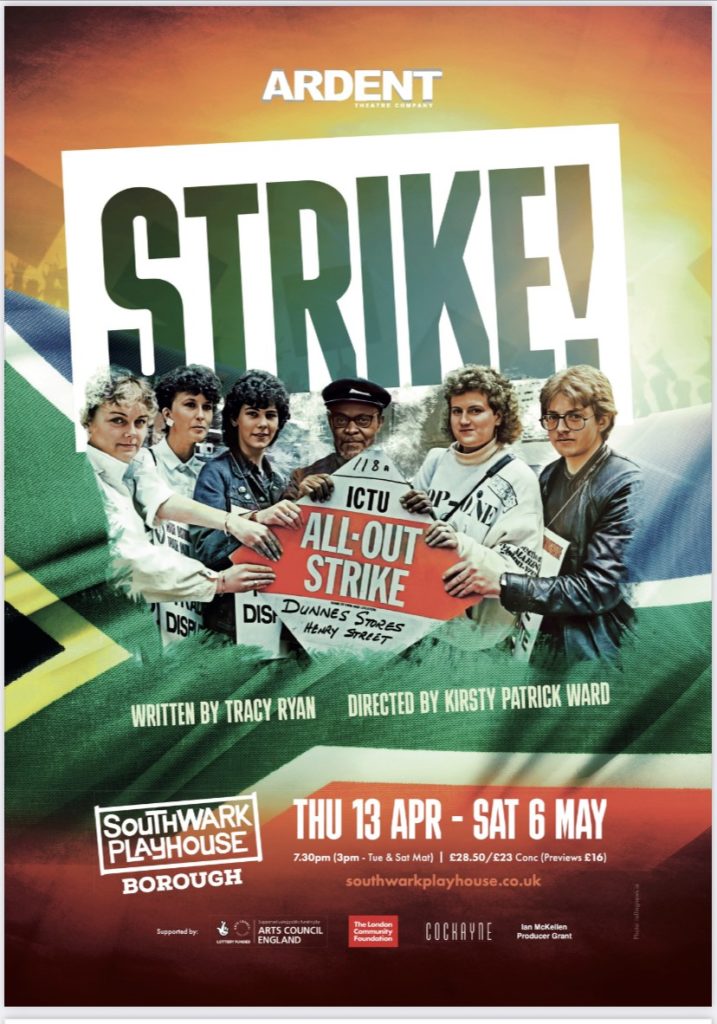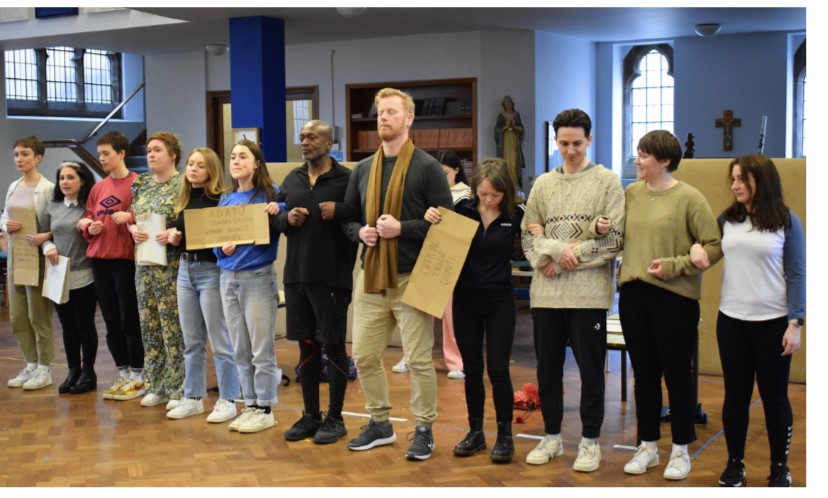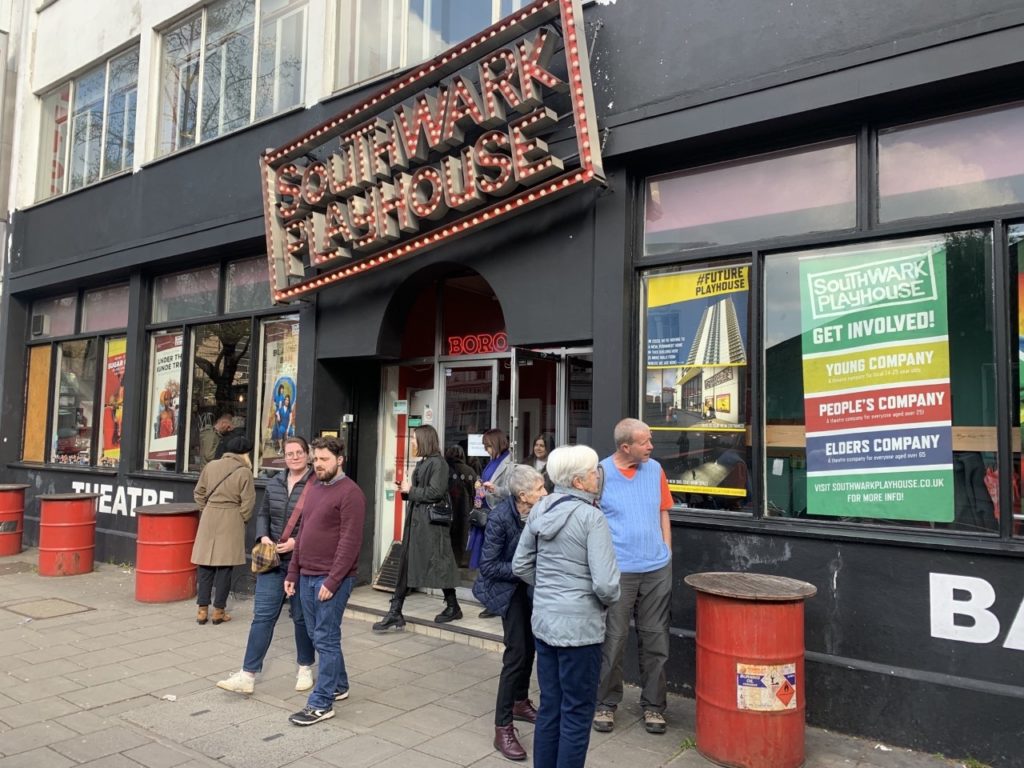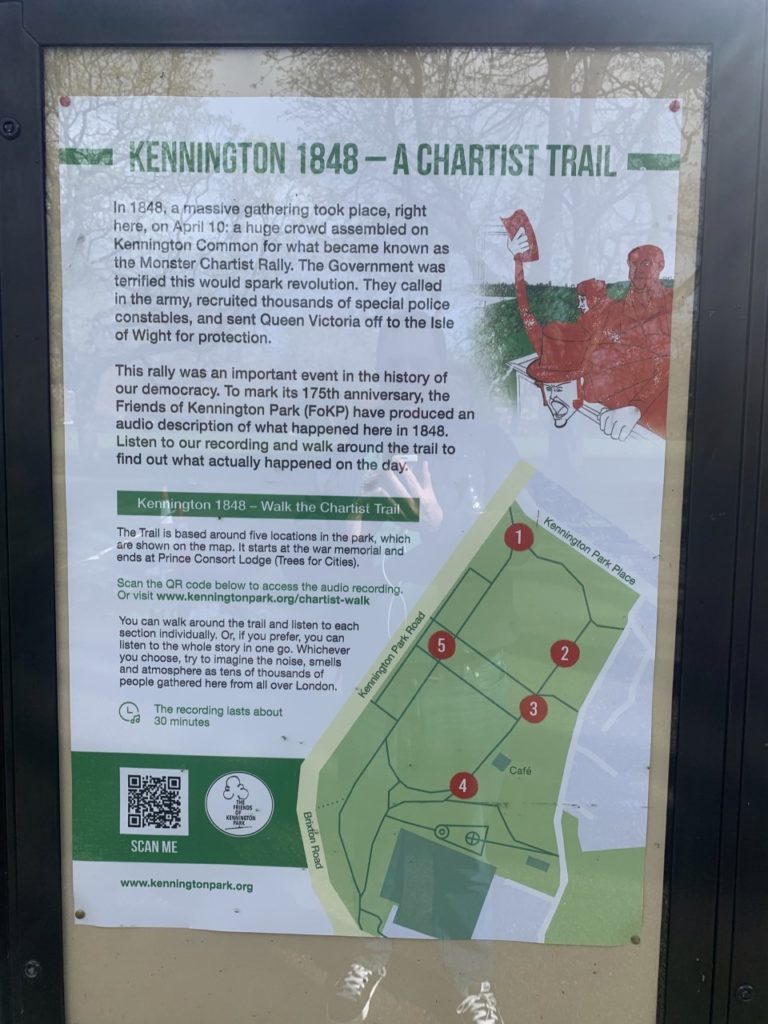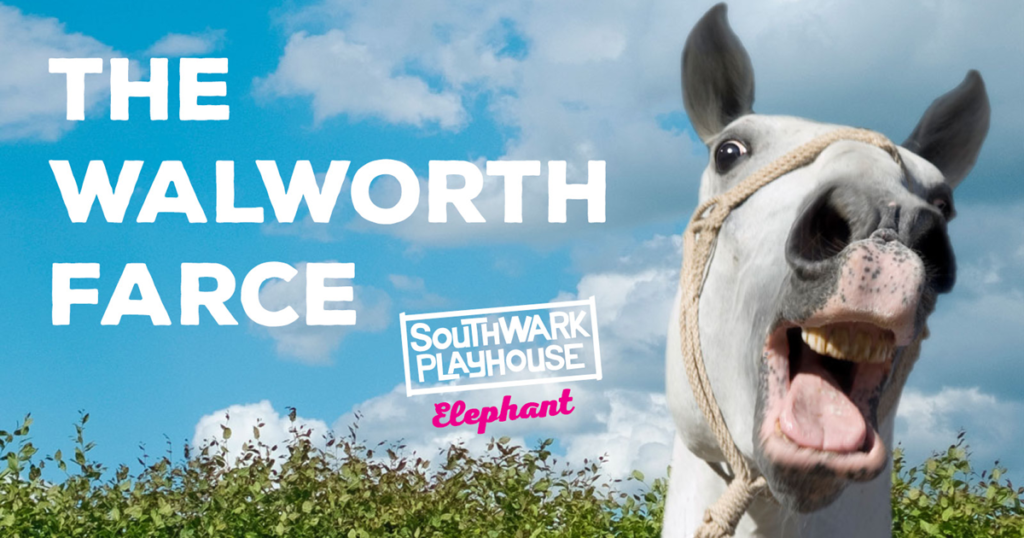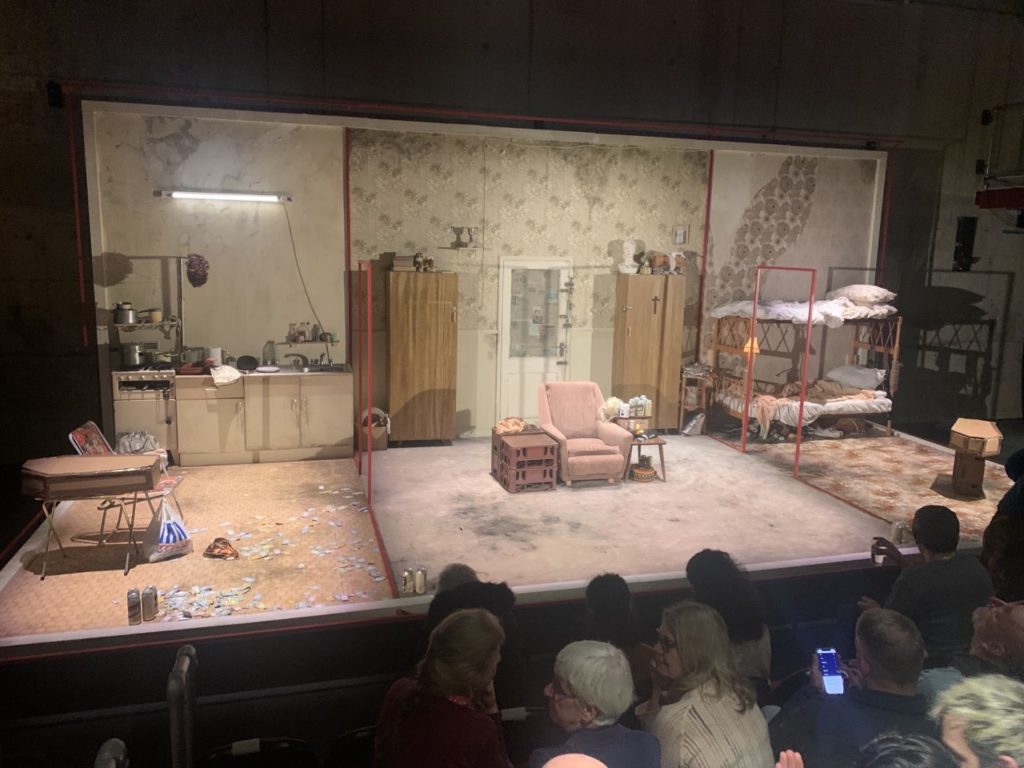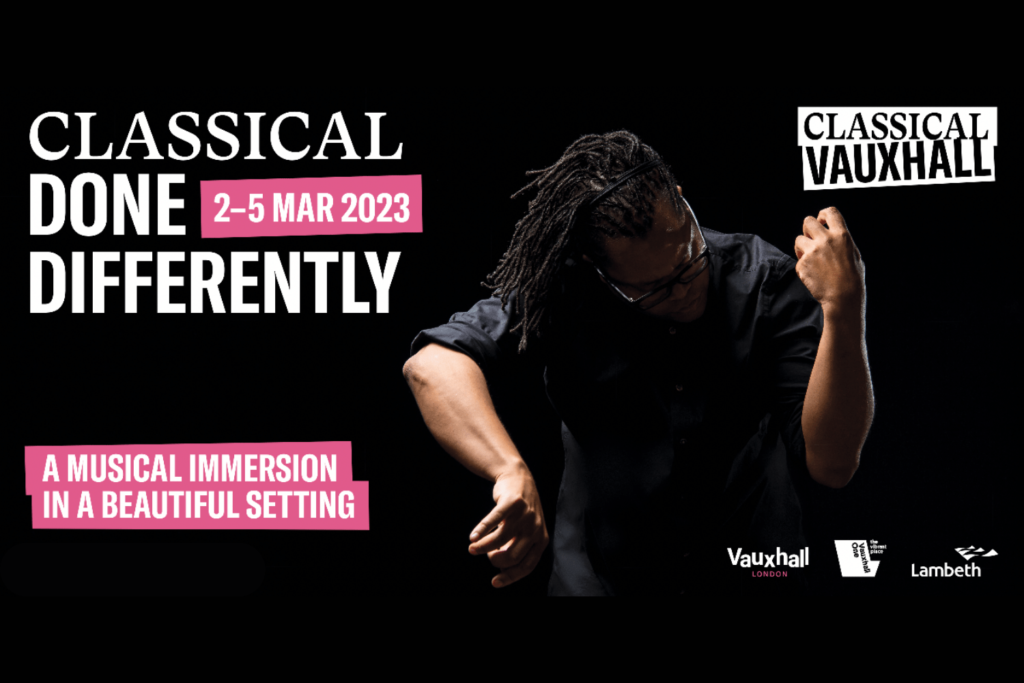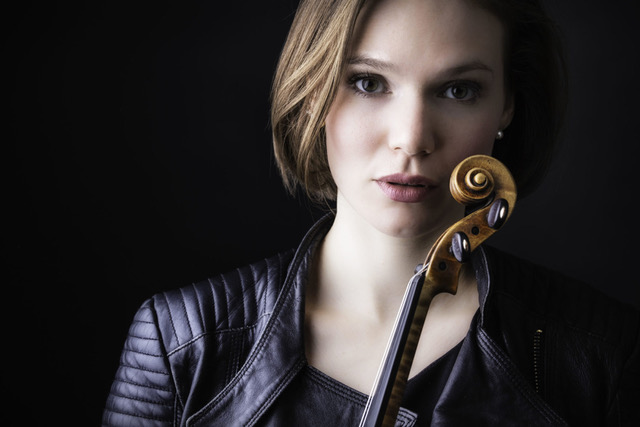We have to admit that we were only made aware of this Kennington gallery by a tourist website (and its usually them nicking ours ideas). So after we did a bit of research we discovered that Greengrassi is a rather enigmatic independent gallery with rotating exhibits by groundbreaking artists such as Turner Prize winner Tomma Abts. So under the guise of sunhatted local art aficionados, we recently popped over to inspect their latest offering, ‘nightlight’ (poor punctuation not ours) by Karin Ruggaber and Simon Ling.
Karin Ruggaber is a professor at Slade and works in sculpture. Working with a range of different media, her work explores aspects of touch, feeling, and our relationship to architecture. She’s been exhibited at Tate Modern so she probably knows what she’s talking about. Simon Ling is a studio based painter who depicts materials mostly found but sometimes made. Ling’s subjects include rotting pieces of wood, undergrowth and (stick with us) circuit boards. He gives these unloved items a sense of agency by adding beauty, thereby making them valued again.
Karin’s work at Greengrassi is an edit of 75 photos she took following in the footsteps of two amateur photographers in Rome in the early 20th century. The pictures depict fountains and buildings in Rome and are manipulated into quite stunning and tiny sepia/silvery images. Simon’s quite monumental paintings depict rotting and unwanted plants in a setting somewhat like a deserted garden centre. In a sense these captured plants exist somewhere between life and death and create a dystopian yet optimistic view or our green world.
Greengrassi is at 1A Kempsford Road behind the Cotton’s Garden Estate and is totally free and open to the public. It is located behind some rather sinister looking black doors but don’t let that put you off! Open Tuesday to Saturday 12-6. nighlight is on until 29 July.
